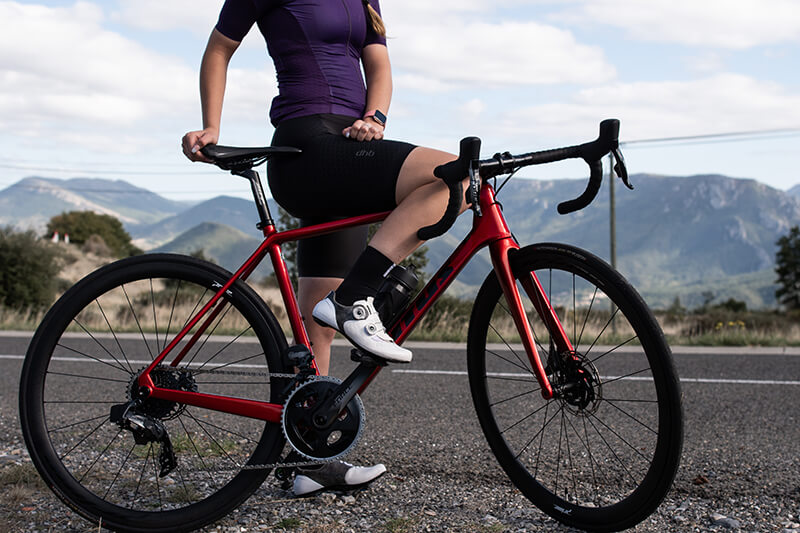So you’ve decided to buy a bicycle, maybe out of environmental concern, to save money, or to get physically fit. Whatever the reason is, choosing to ride a bicycle is one of the best choices you’ve ever made.
Now let’s come down to the type of bicycle you would need and how to buy the best one among arrays of bikes available in the market. For whatever reason you may need a bike, you must buy one that is stronger, versatile, and comfortable. Among cycling enthusiasts, road bikes tend to be the most favorite choice of bicycle because they are very fast, comfortable, agile, and customizable.
What is a Road Bike?
As the name suggests, road bikes are designed for roads. Also known as road bicycles or commuters bike, they are made to be ridden fast on smooth pavement. Many cyclists use road bikes for on-road racing too. Undoubtedly, most people who own a bike are satisfied owners of road bikes.
5% of all trips in the United Kingdom are made with a bicycle. In the US this number is lower than 1%, but the Netherlands has it at a staggering 30%.
Road bikes can be classified into two groups
Race bikes – Race bikes are specifically designed with speed and lightness in mind. The handlebars are kept low for aerodynamic reasons.
Endurance (Sportive) bikes –Endurance bikes are specifically designed with comfort in mind. The riders seat upright in endurance bikes compared to race bikers.
Compared to other types of bikes, road bikes have
- Narrow and smooth tires with high-pressure to decrease rolling resistance. Rolling resistance or rolling friction resists the motion of a bike on any surface.
- The handlebars are positioned bent to allow the cyclist to position themselves forward and downward. This highly reduces air resistance and increases the speed of the bike.
- A lightweight body to motivate the speed and direction of a bike
- The gears help to determine speed and resistance for uneven terrain
- Disc brakes
Different Types of Road Bikes
There are several different types of road bikes with subtle variations to perform best at a certain discipline.
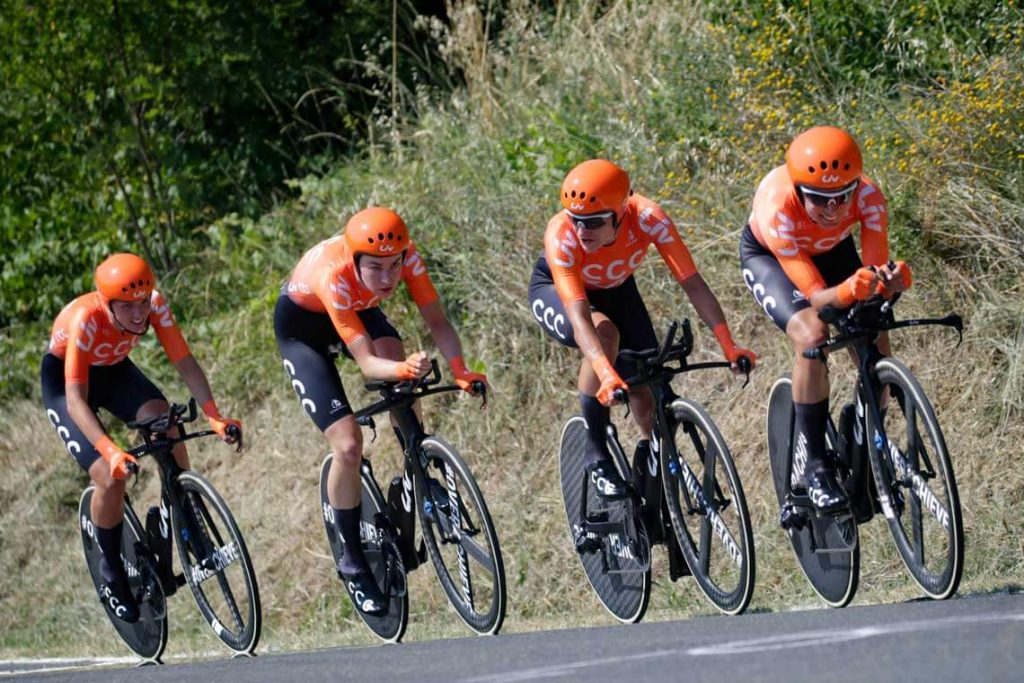
Race bikes -Race bikes are very lightweight and are ridden of any accessories to keep them light. They are designed for speed.

Gravel bikes -As the name suggests, gravel bikes are great for gravel terrain or off-road terrain.
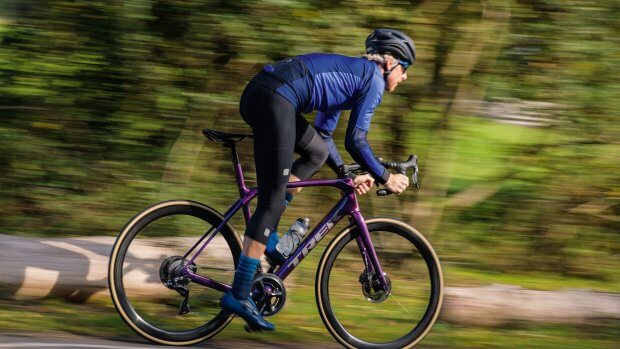
Sportive/Endurance Bikes– Sportive bikes are meant for long-distance road biking such as cycling challenge events.
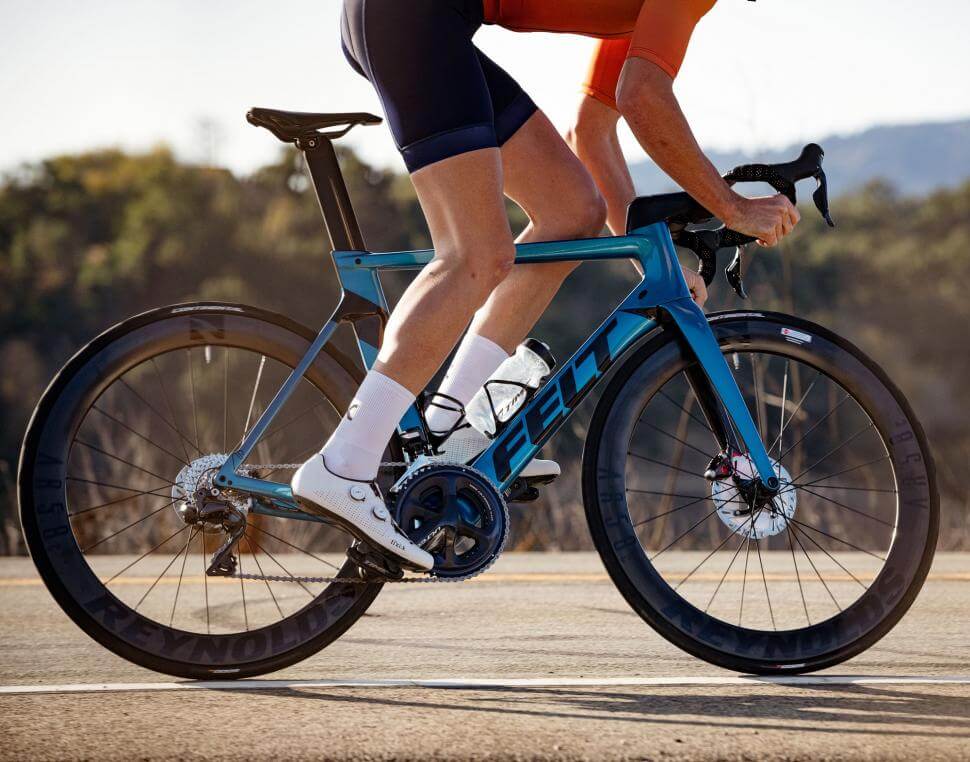
Aero Bikes-Aero bikes are acutely designed with the concept of aerodynamics. They have high gears with minimum finishing.
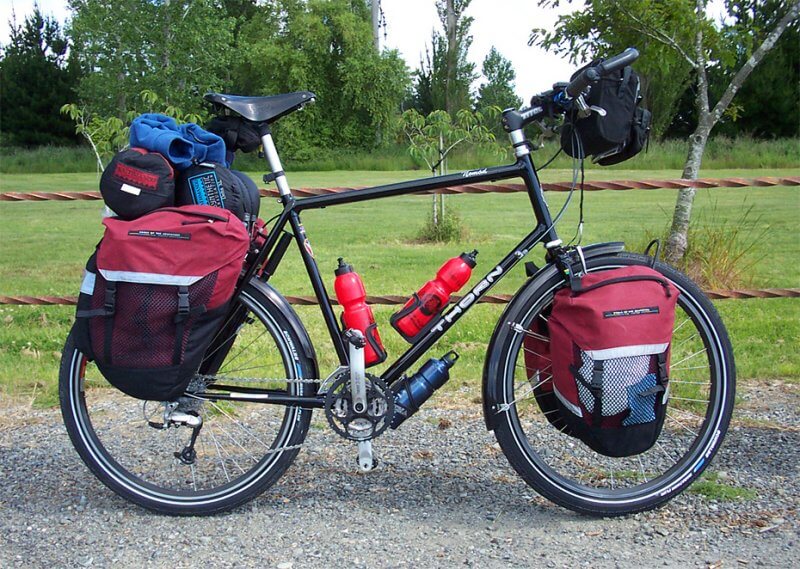
Touring Bikes -Touring bikes are designed for the comfort of the riders such that they can carry heavy loads for a longer duration of time.
Commuter Bikes
As the name suggests, commuter bikes are the most prevalent road bikes. These are the kind of bicycles we refer to when we generally talk about city bikes.
Commuter Bikes are designed for comfort and durability in mind. They are made specifically for city roads. The frame geometry offers a more upright position for comfort. They are fitted with proper mudguards and racks to keep the rider dry.
While the tech has improved in the last 50 years, the basic design and purpose remain the same. They are solely made for comfortable commute inside the city.
Specification of a commuter’s road bike
Frame
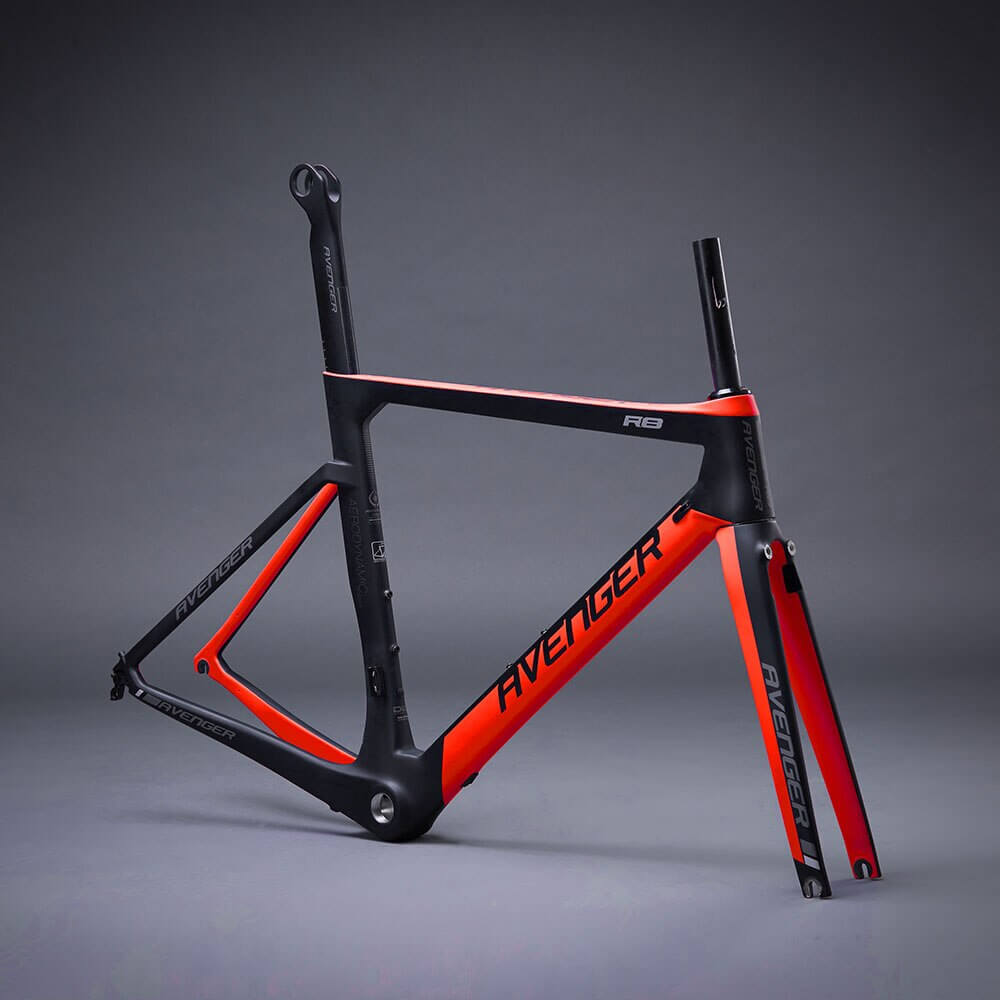
The frame is the base of a road bike. It is either made out of aluminum or carbon fiber. More niche models are made out of steel and titanium. The frame is kept smaller and lighter with a short Seatpost to enable an upright seating position for the rider. You should invest in the frame because the durability of your bike lies in good frame material.
Wheel and tires
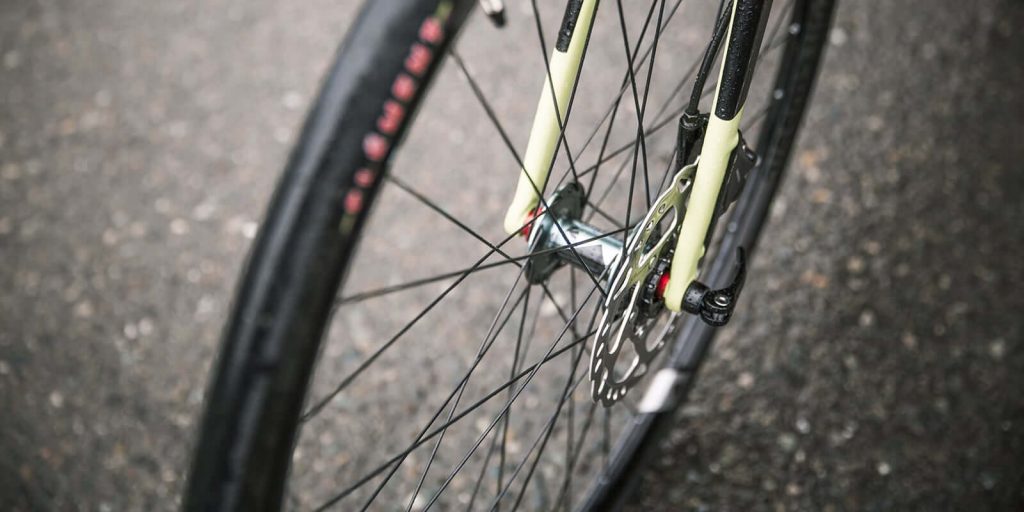
The wheel of the road bike is generally narrow, smooth, and light. They have fewer spokes with lighter rims. The bikers can choose from narrow to wider tires depending on their need. A race-focused bike has a 25mm width tire while endurance bikes like road bikes have 28mm or 30mm tires.
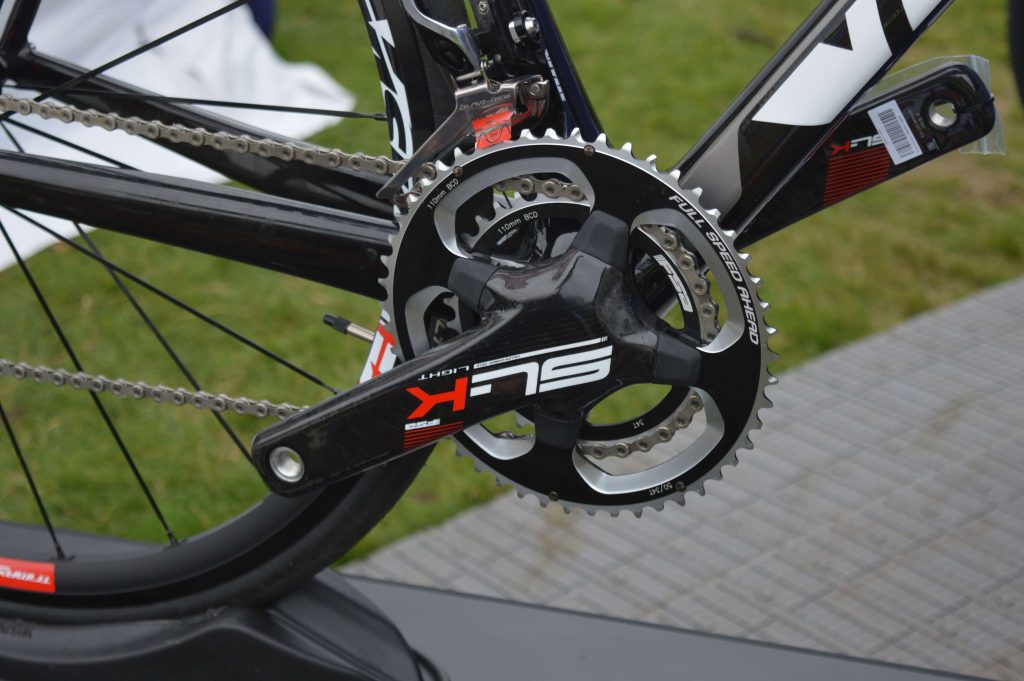
Crankset (Chainset)
Road bikes usually have two chainrings. Most road bikes come with compact 50/34t cranks or semi-compact 52/35t gearing. Bikers can choose from super-compact crank options with lower ratios such as 46/30t and 48/31t.
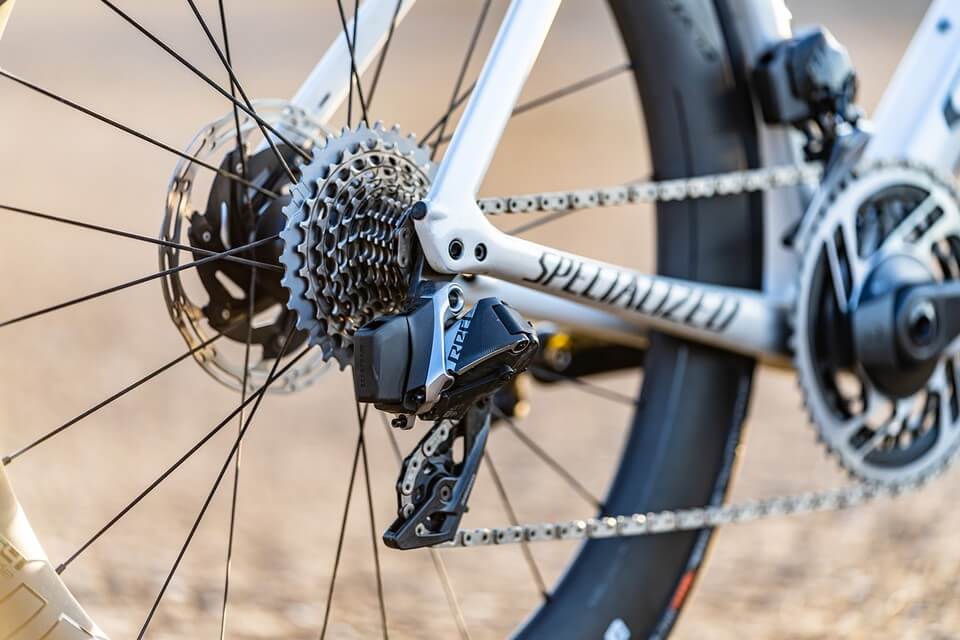
Derailleurs
Derailleurs in the bike allow changing gear. It helps to push the chain across the cassette sprockets from one chainring to another. Most road bikes have front and rear derailleurs. Older road bike models come with physical cables but newer models have electronic derailleurs too.
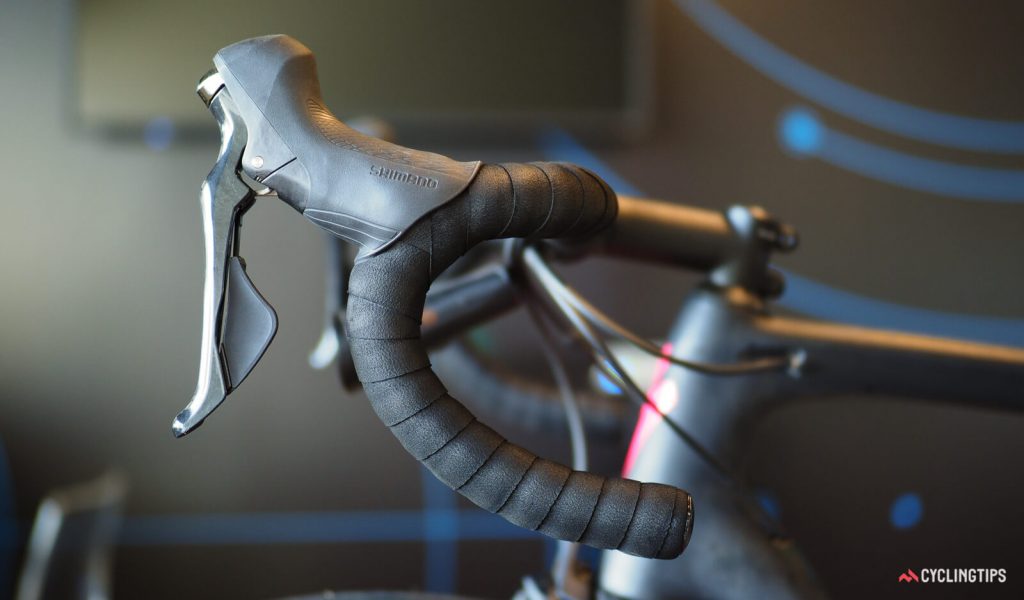
Handlebars and levers
Road bikes are marked by drop handlebars to enable the more aerodynamic position of the rider. It also helps for steep climbs or cruising. It also offers greater control when descending. The biker can choose from varying bar widths and shapes to suit their need.

Seat post
Road bikes are designed for comfort over speed. The seat post is higher with narrow and sparsely saddle to ensure more of a comfortable seating position. You must get used to road saddles which can seem very uncomfortable at first.

Brakes
Road bikes either use rim brakes or disc brakes. Most bikers choose disc brakes over rim brakes because they offer more grip and easy braking even in wetter conditions.
How to buy the best one?
So you have assessed all the basic features of a road bike and have decided to buy one, but how to buy the best one among the lot?
Before buying a road bike, you should analyze both your immediate and long-term needs. Here are some of the things that will help you decide to buy the best road bike.
Performance
Performance from a road bike differs from person to person. Riders commuting from home to work choose a bike with minimum components to counter the weight of the rider. They bare their bike with any additional components such as front and rear suspension to enable a smoother ride on the city roads. Those who take often ride off-road choose a wider tire with front or rear suspension to enable a more comfortable ride. The durability of the bike and its elements are essential for any kind of riders.
Material
One of the biggest factors in the strength and speed of bicycles is the material. Cyclists can choose from road bikes made out of aluminum or carbon fiber. Aluminum road bikes tend to be heavier than carbon fiber. Carbon fiber, on the other hand, is light and strong. It comes in various forms and grades. The higher the quality of carbon, the greater the cost of sourcing from manufacturers.
The strongest carbon fibers are 10x stronger than steel and 8x that of aluminum, not to mention much lighter than both materials, 5 and 1.5 times respectively.
Although expensive, you can start investing in good carbon fiber road bicycles which are light and easily maneuverable. You can also choose from aluminum frame and carbon fiber handlebars and seat post.
Components
Choosing the right component is the key to finding the right road bike. Depending on your need, the number of components may rise or fall. There are basic priorities for components when choosing the right road bike. Remember, the price of bikes vary according to the components it has.
Bicycle component priorities include
Frame: The frame determines the size of the bike. Test ride different bikes to see if they fit your size. The bike’s frame is also the most expensive component. If you’re buying an all carbon fiber frame, it will definitely be expensive.
Wheels: Reliability and rotating mass are important. Check for the tire brands.
Contact points: Tires, saddle, and handlebars. These can make a huge difference to your ride.
The rest: Brakes, shifters, and front chain-wheel sets are high on the list
Upgrade: Check if your new bike is upgradable. Most road bikes can be upgraded as per the owner’s will.
Suspension: On mountain bikes, suspension almost goes hand-in-hand with the frame. City bikes require less suspension because you encounter less uneven terrain. The suspension is the mechanism to suspend the rider and bicycle in order to protect them from the roughness of the terrain. Depending on the need, the rider can add additional suspensions including:
- Front suspension
- Rear suspension
- Suspension seat post
- Suspension saddle
- Suspension stem (now uncommon)
- Suspension hub
Performance and Cost
Full suspension, hardtail, or no suspension: Full-suspension bikes generally cost more and are great for the most rugged trails. Hardtails require front suspension only to absorb bumps. Determine your bike’s suspension need before buying one.
Carbon vs. aluminum: The carbon body is lightweight and stronger than the aluminum body. If you want a regular bike for the commute to work, then you can go for aluminum-frame bikes which are less expensive than carbon fiber. If you need both performance and strength, then you should choose the carbon frame.
